THE PASCHAL TRIDUUM

Join the Three Days that Saved the World
Holy Week’s Paschal Triduum
Come and Experience the World’s Three Most Important Days
Lent ends on Wednesday of Holy Week. Holy Thursday begins what is known as the Pascal Triduum. Triduum means “three days” or “three events”: The Last Supper, the Crucifixion, and the Resurrection. How do we experience it?
Holy Thursday
The Mass of the Lord’s Supper (7:00 PM)
The Triduum begins at 7:00 PM on Holy Thursday with the Mass of the Lord’s Supper. This Mass commemorates the Last Supper, when Jesus instituted the Eucharist and the Priesthood. The Gospel story, from John 13, of Jesus washing his Apostles’ feet is read. After the homily, the priest washes some parishioners’ feet, doing what Jesus did at the Last Supper. “Now that I, your Lord and Teacher, have washed your feet, you also should wash one another’s feet” (John 13:14). In ancient Israel, washing with water was a rite that had three meanings. Firstly, it implied humility. As St. Augustine said, “When the body is bent at the feet of a brother, the feeling of humility is made to rise in the heart.” Secondly, it was a Jewish purification rite, symbolizing repentance for sins. As John the Baptist said, “I baptize you with water for repentance” (Matthew 3:11). Thirdly, washing with water was part of the rite of ordaining a Levite to the priesthood of Aaron. “You shall bring Aaron and his sons to the door of the tent of meeting and wash them with water” (Exodus 29:4). When Peter objects to being washed, Jesus replies, “If I do not wash you, you have no inheritance with me (John 13:8). In the Old Testament, the word “inheritance” or “heritage” refers to the gift of the priesthood (see Deuteronomy 10:9). In other words, unless Peter is washed by Jesus, he will not partake of Christ’s priesthood.
After the Mass of the Lord’s Supper, the priest incenses the Eucharist and makes a solemn procession with the Sacrament. Everyone joins the procession to the Parish Hall, where the Eucharist will be placed in a “repository” (tabernacle) decorated with flowers. The procession represents Christ’s journey from the Last Supper to the Garden of Gethsemane. “When Jesus had spoken these words, he went forth with his disciples across the Kidron Valley, where there was a garden, which he and the disciples entered” (John 18:1). This begins the Passion of the Lord, where Jesus prays and sweats great drops of blood (Luke 22:44). With Peter, James, and John, we are invited to pray with Jesus. "So, could you not keep watch with Me for one hour” (Matthew 26:40)? Meanwhile, the Altar in the church is stripped.
Good Friday
The Liturgy of the Lord’s Passion (7:00 PM)
This day recalls Christ’s crucifixion and the world’s salvation from sin. The sanctuary is bare. The tabernacle is empty. No decorations. At 7:00 PM, the Liturgy of the Lord’s Passion begins. Sometimes it’s called the “Mass of the Pre-Sanctified Gifts” because no consecration of the Eucharist takes place. The St. John’s Passion Narrative is read. The Crucifix is venerated. People receive Communion that was consecrated on Holy Thursday. The liturgy ends in silence. “Father, into your hands I commend my spirit” (Luke 23:46).
Holy Saturday
Easter Vigil Mass (8:30 PM)
Holy Saturday marks Christ’s descent to the dead. There is no liturgy on this day, at least not until after sundown. At 8:30 PM, the Easter Vigil Mass begins with the Lucinarium (Service of Light), which takes place outside the church, with the blessing of the fire, of time, and of the tall Pascal Candle. “Christ yesterday and today, the Beginning and the End, the Alpha and the Omega, all time belongs to Him, and all the ages, to Him be glory and power, through every age and forever. Amen.” (Lucinarium prayer of blessing). The Pascal Candle will be lit at all baptisms and funerals throughout the year. The Exsultet, an ancient hymn that recalls the Passover and Exodus, is sung. “This is the night, when once you led our forebears, Israel’s children, from slavery in Egypt and made them pass dry-shod through the Red Sea” (from the Exsultet). Seven Old Testament readings are read, retracing the steps of salvation history. After singing the Gloria, a passage from St. Paul’s Letter to the Romans is read. “Consequently, you too must think of yourselves as being dead to sin and living for God in Christ Jesus” (Romans 6:11-14). The Gospel of the Resurrection is read, catechumens are baptized, and the baptized are confirmed and receive Holy Communion. The Mass concludes with a “double Alleluia,” expressing our joy and hope in the Resurrection.
“Very early when the sun had risen, on the first day of the week, they came to the tomb…. On entering the tomb they saw a young man sitting on the right side, clothed in a white robe, and they were utterly amazed. He said to them, ‘Do not be amazed! You seek Jesus of Nazareth, the crucified. He has been raised; he is not here’” (Mark 16: 2-6). Come, experience the narrative. Join us at the Easter Triduum.
Categories:



